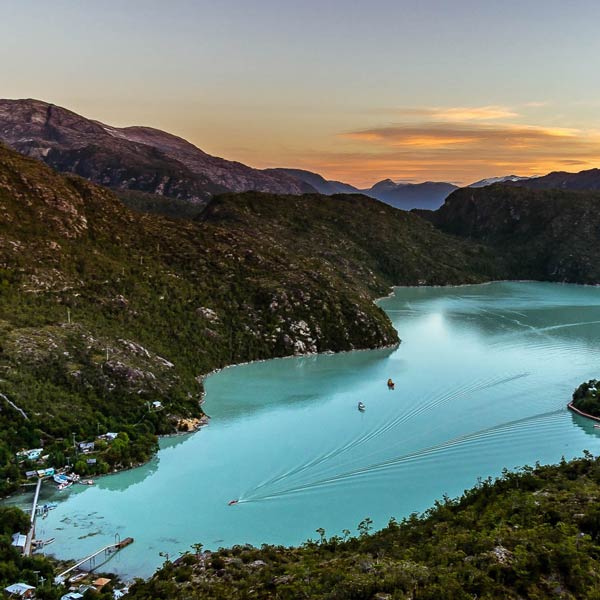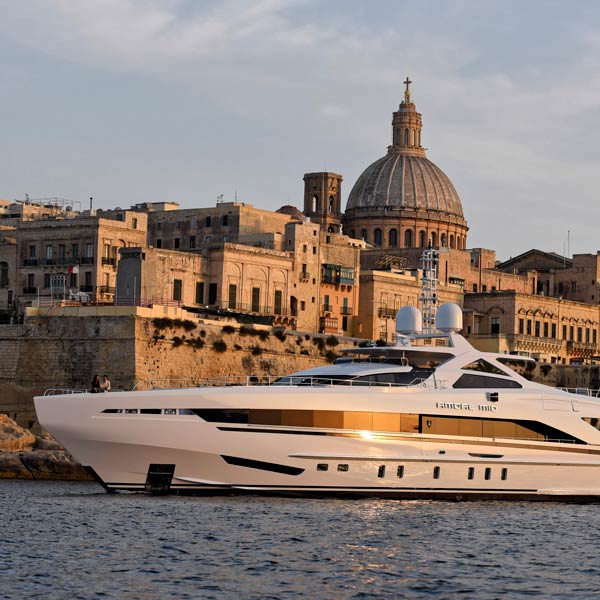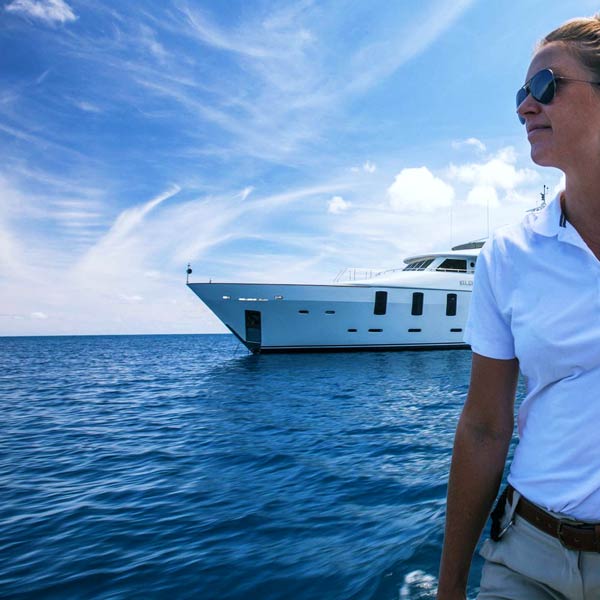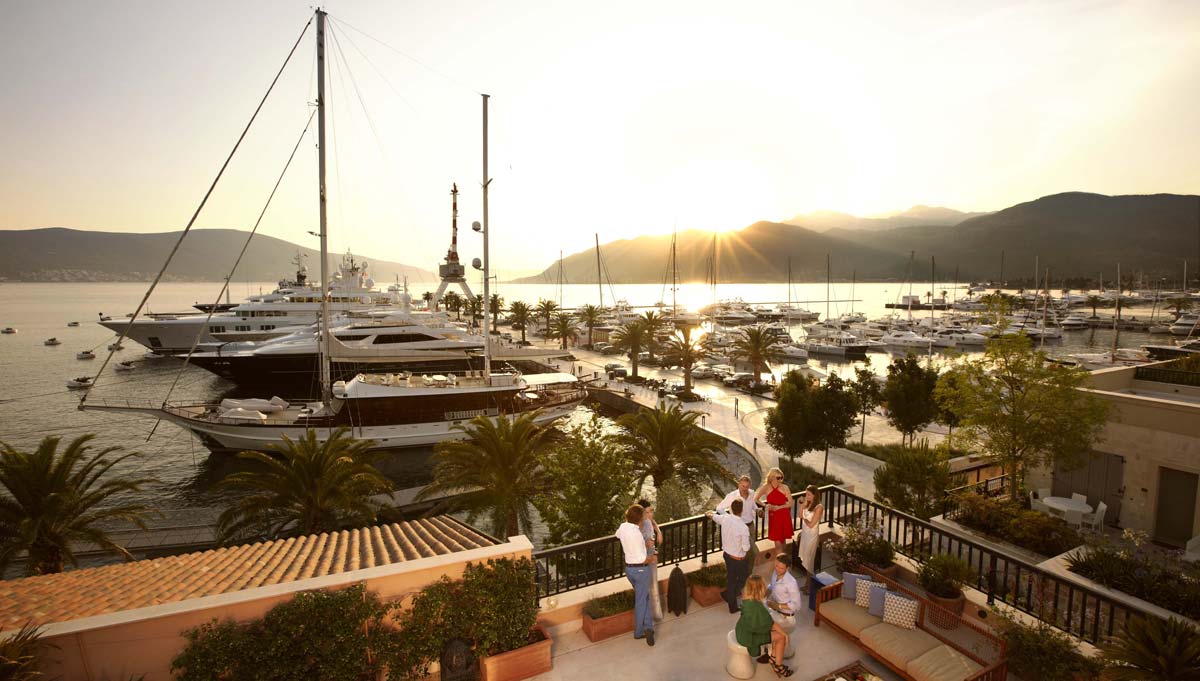
Porto Montenegro

Porto Montenegro
Montenegro’s rich past and promising future
Montenegro might be in the midst of development, but, lucky for visiting yachts, it is keeping hold of the charm that made it so beguiling in the first place.
On one wall hung clusters of wizened bridal bouquets, gnarled and drooping after hundreds of years on display. On the other, a centuries-old gold and silver tapestry woven partly from human hair by its blind creator. If I hadn’t been standing on a sunlit island in the heart of the magnificent Bay of Kotor, then this medieval church would have been rather creepy.
Called Our Lady of the Rocks, the man-made island was created in the 15th century by nearby villagers, who weighed down hundreds of stolen ships with rocks to create a patch of land in the sea as an offering the Virgin. Today, locals still sail out to ‘Our Lady’ each July to throw sun-warmed stones into the water and ensure this tiny church is safe from flooding.
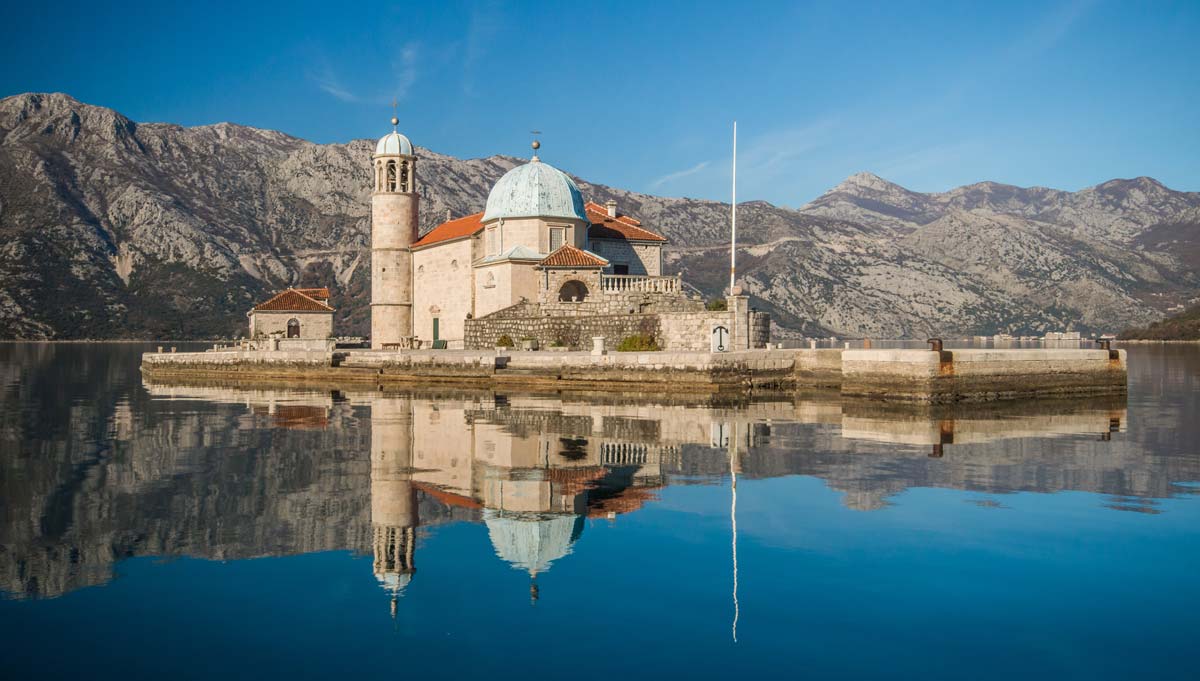
Our Lady of the Rocks

Our Lady of the Rocks
The past feels particularly vivid in Montenegro. The hundreds of military bases that sprouted up during the turbulent last four decades in the Balkans jostle for space with sepia-tinted medieval towns and ancient ruins. Earlier this summer, I drove along a narrow road that clung to the coast, passing 1990s airlines hangars and crumbling 14th century castles – but there were very few modern multi-storey hotels dotted between them.
This is surprising, as Montenegro’s magnificent scenery and long, hot summers should have placed it at the heart of the tourism industry. Soaring, fjord-like mountains plunge into the glassy Adriatic as the coastline curls into hundreds of bays, ensuring spectacular 360-degree views that look like Lake Como from certain angles and Cape Town from others.
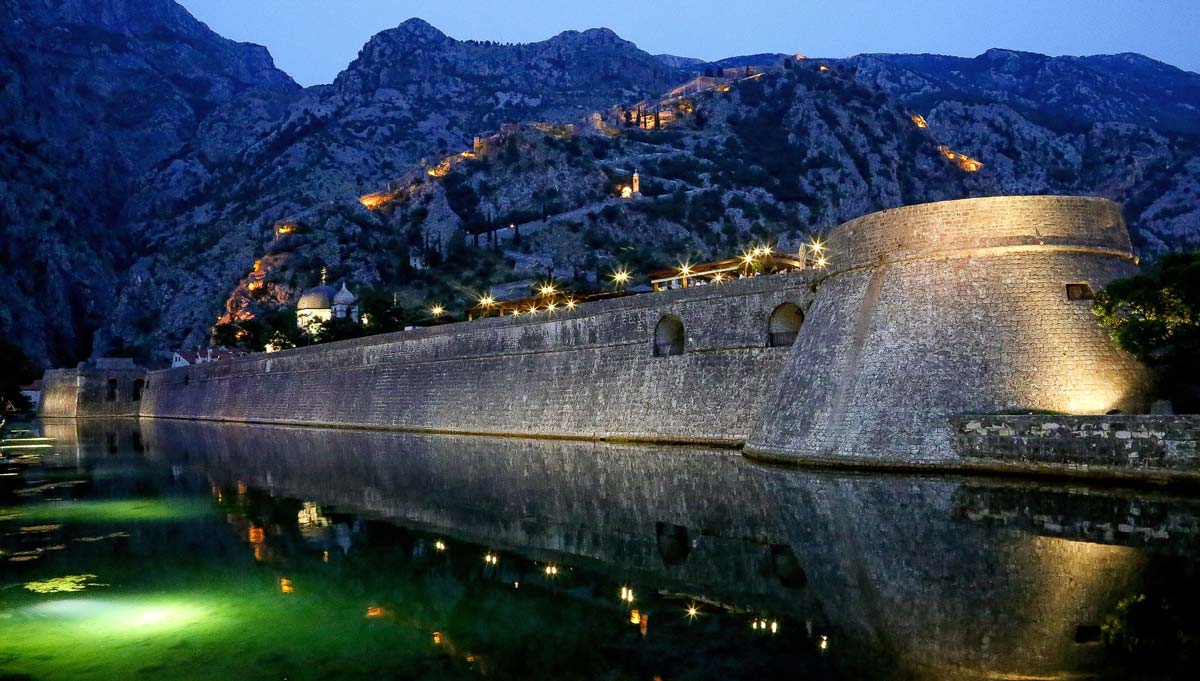
Kotor

Kotor
Speeding through the Bay of Kotor on a yacht is a visual feast. Mountains worthy of a James Bond film are reflected in the almost entirely still water of the harbour. One day we stopped for a lunch in a small restaurant built into the rocks, where we ate freshly caught fish with rich, ripe tomatoes and lots of local white wine. Afterwards, as we lay on the rocks with our toes in the delicious water, I realised Montenegro possessed a beauty and charm that outstrips many of Europe’s most feted coastlines.
Part of its attraction for yacht owners (and any tourists for that matter) comes from its almost baffling lack of development. As a travel writer, I am often invited on trips to destinations breathlessly named ‘The Next Big Thing’. But more often than not, I find a country drunk on its newfound success, packed with high-rise hotels, cruise ships and overpriced restaurants.
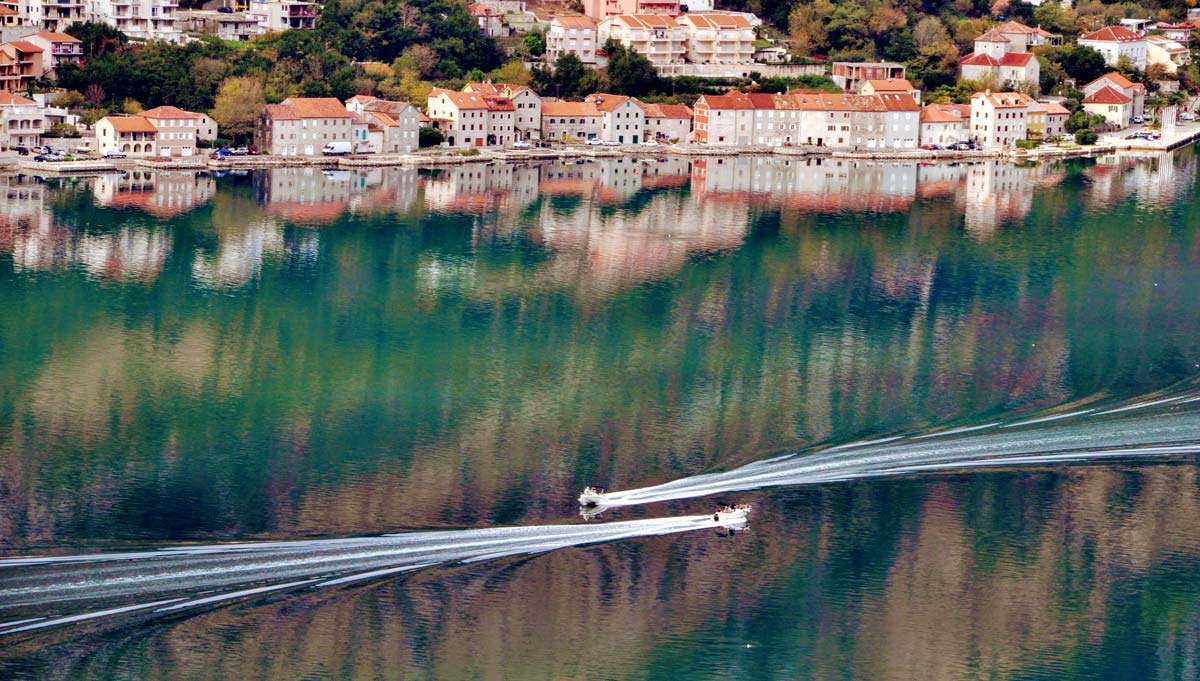
Kotor

Kotor
But Montenegro’s path to becoming a tourist hub has been a complex one. Back in 2006, when the small country voted to be independent from Serbia, most first-time visitors were in awe of the landscape. But they found little to no infrastructure – no direct flights to Western Europe and barely any hotels or restaurants set on that famously shimmering Adriatic.
Which meant the yachting community moved in first. Freed from the need for good hotels or high-quality restaurants, yacht owners sailed down from Croatia to luxuriate in the fairy tale scenery with only the locals for company. Like me, they clustered near the medieval town of Kotor, which sits just outside Montenegro’s largest harbour and has worn cobbled streets that look like burnished gold in the summer light, and tiny ancient houses clustered along narrow back alleys.
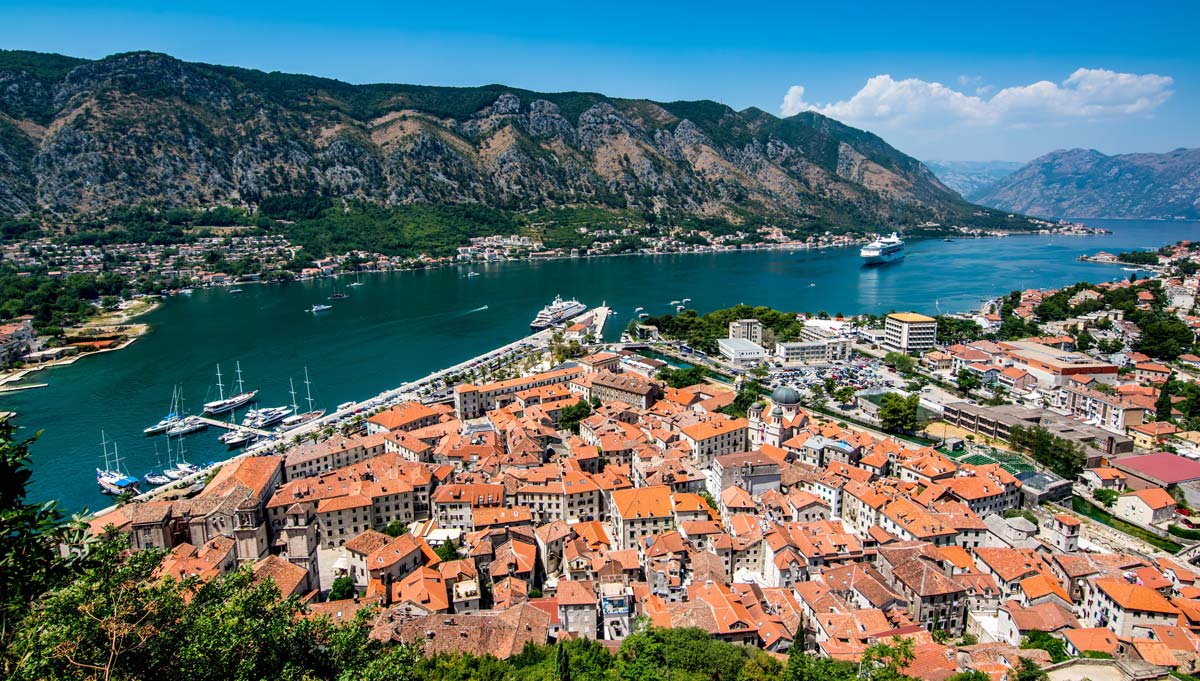
Kotor

Kotor
Ten years ago, Egyptian tycoon Samih Sawiris was one of them. Over-awed by what he called the most beautiful coastline in Europe, he decided to develop Luštica Bay on the Adriatic side of the Luštica Peninsula, not far from Porto Montenegro, the country’s first major marina, which opened to great fanfare back in 2009.
Originally an Austro-Hungarian naval base, the Luštica Peninsula became a Yugoslav navy shipyard after World War II. A restored Yugoslav submarine glints in the sunlight as you approach the bay, and driving down to the beach on the dusty road, there are constant reminders of the area’s military past. But in its new incarnation, Luštica Bay will have seven hotels, 500 villas, more than 1,000 apartments, two marinas, a small school, and medical facilities.
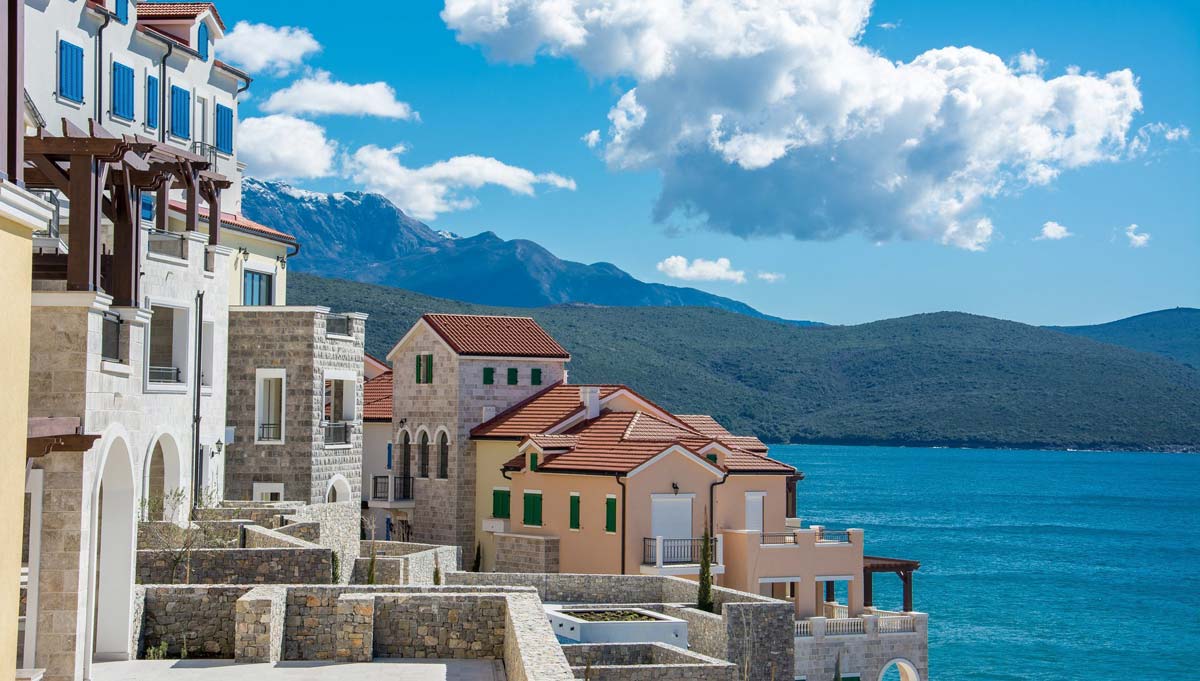
Luštica Bay

Luštica Bay
The first hotel, the Chedi, opened last month opposite the main marina, and architects have been careful to ensure it, and the cobbled streets around it, look as authentic as possible, from mismatched shutters to rust-coloured roofs and uneven floor plans. Montenegro’s second five-star hotel, its infinity pools and high-end restaurants will no doubt lure more luxury travellers and yacht owners to the country.
Montenegro sadly can’t remain a hidden pearl forever. Budget airlines have cottoned on to its potential and now fly to the capital of Tivat. Meanwhile, the military bases full of rusting air hangars and concrete training centres that have occupied the best parts of the coastline for the last four decades are all making way for way for property and tourism projects.
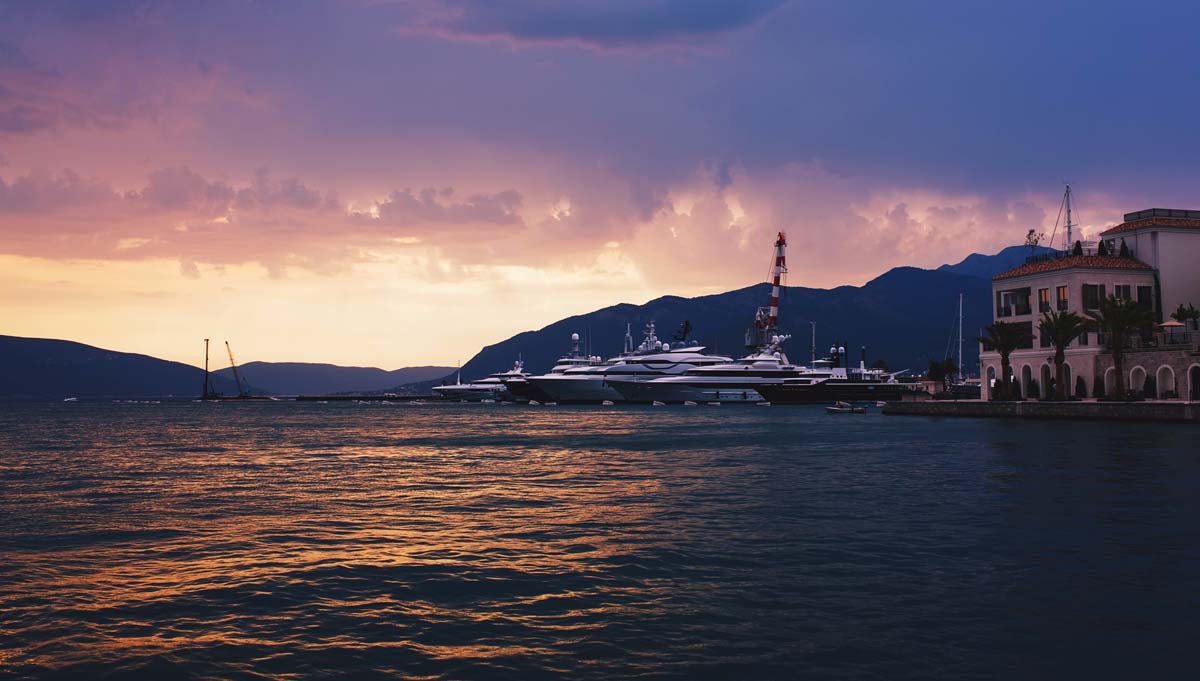
Porto Montenegro

Porto Montenegro
But Montenegro tourism is clearly being run by someone savvy. By insisting on high quality, low impact investment, Montenegro is keeping hold of the charm that made it so beguiling in the first place. And by avoiding the curse of 20-storey eyesore hotels, it is remaking itself into the Eastern European version of what the French Riviera used to be like.
It was Lord Byron who famously wrote that “At the moment of the creation of our planet, the most beautiful merging of land and sea occurred at the Montenegrin seaside”. Thanks to clever investment, a generous yachting community and a measured approach to tourism, those words still ring true today.

